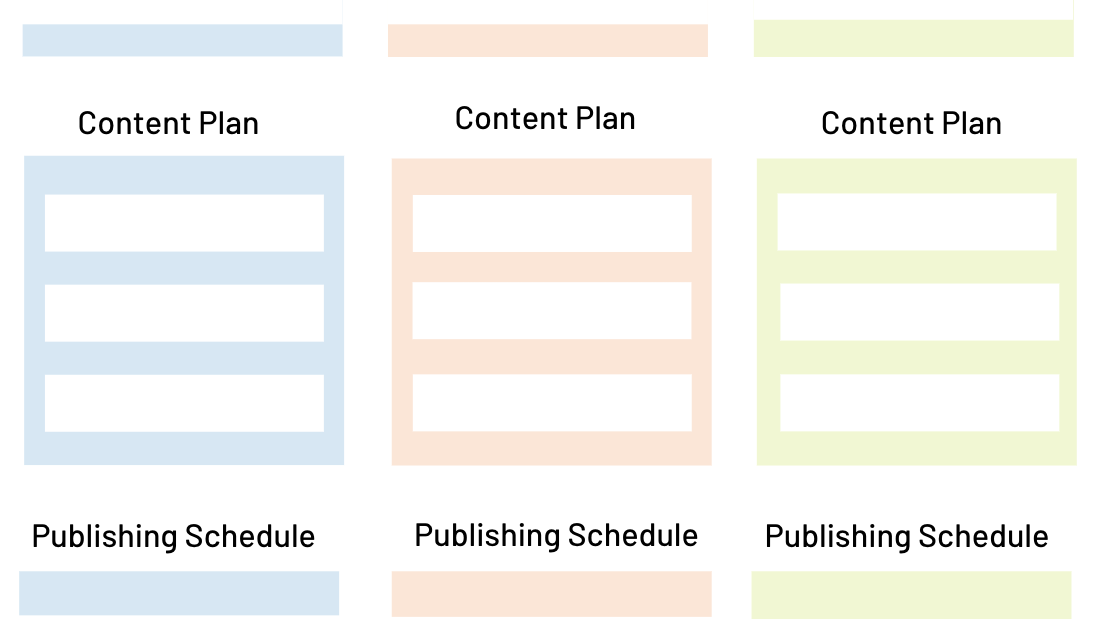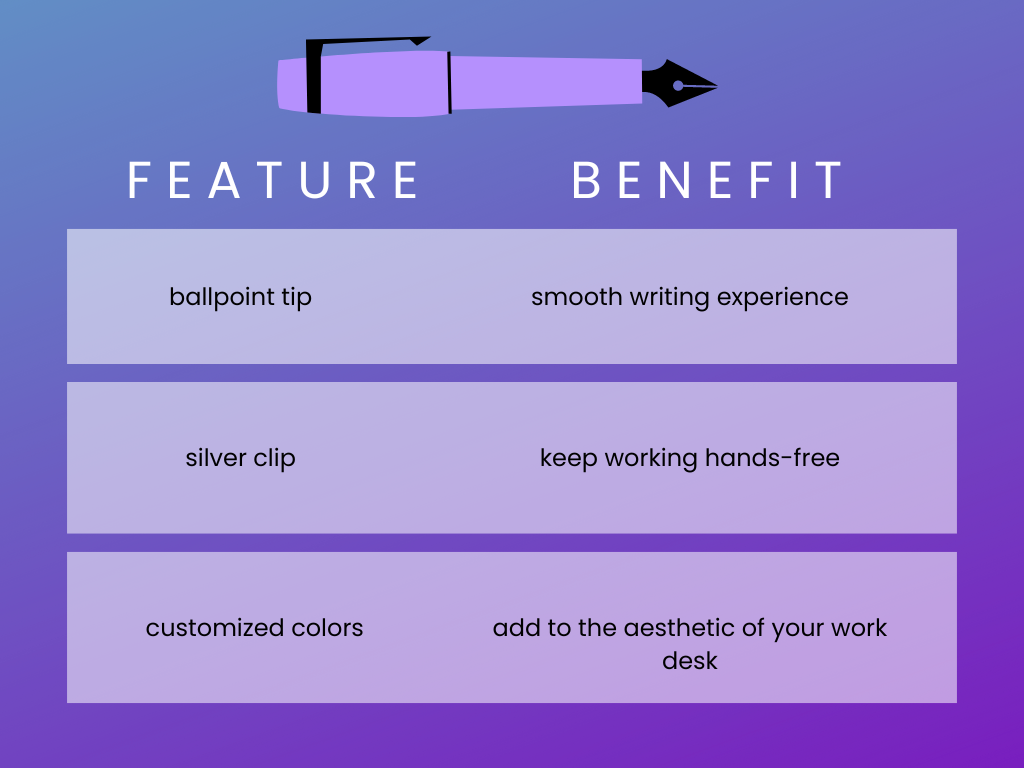3 Types of Content Repurposing Strategies
How much content is on your website? Do you wish you had more?
The more quality content you produce, the better results you will generate. Here’s why:
Volume of content showcases your trustworthiness and specialization
It creates more opportunities for organic rankings
It is the foundation for all marketing campaigns
The sales team can use content as an outreach tool
People don’t love the fact that you need a lot of content for marketing; it can be complicated and expensive to produce.
So how do you create a library of content with limited resources? Your content repurposing strategy can pave the way. Try one (or all) of these techniques to boost production.
1. Version your content by its medium
When you search for content repurposing strategies across the web, most articles cover this method:
Start thinking of each piece of content as a repurposing opportunity.
For example, every case study can be a blog. Every service page can be a blog. Every blog can be a PDF resource. Every video can be an infographic. Try copy/pasting an email newsletter into an article called “Top (industry) insights from (timeframe)”. You get the picture!
Since people navigate to content (and consume it) differently, it’s perfectly fine to have many different formats for one message.
Some people will land on your homepage. They’ll use the main menu to find a service page full of information. Others might stumble upon a blog that ranked on Google. They should be able to find the same information on your blog.
Now, let’s cover some lesser-known methods for content repurposing.
2. Bundle existing content
Do you have any content in a series, targeted towards a specific persona, or based around a particular product? Consider bundling them into a single page.
For example, this article groups blog posts that can serve content specialists. Within this page, I have further content categories of articles (productivity, inspiration, strategy, and career). In the future, I can break these out into their own blog posts as well.
Some other examples of easy bundles:
Use a group of case study summaries to create an article. Maybe these case studies are related because they generated similar results. Maybe they are centered around similar solutions.
Use articles answering questions to create an FAQ page.
Group five similar blog posts into an e-book. Or, turn an e-book into five blog posts.
3. Gather viewpoints from competitors
Leverage what other websites are saying without ripping them off. Here are two methods.
#1 Compile related viewpoints around a topic
Instead of writing a piece that offers your own solution to a problem, try exploring what other people are saying instead. Gather varying viewpoints from across the web and repurpose their ideas for your own content. You aren’t copying anyone because you’re bundling different pieces of information. Plus, you can always give them credit.
Just be careful - if you aren’t throwing a unique narrative into the mix, your content quality could suffer. Make sure you offer your own opinion of these as well.
For example, in this blog post about content marketing strategies, I searched a variety of content frameworks around the web and explored their pros and cons.
While many people write about how to execute these frameworks, few are evaluating their effectiveness and use cases. I saw that as an opportunity to add the pro/con pieces.
#2 Bundle unrelated topics and relate them
Finding a common thread in seemingly unrelated topics might interest readers.
For instance, in my blog post about marketing inspiration, I took my favorite advice from influencers I follow.
This blog was not strategically chosen for keyword rankings. It also fails to offer a well-researched perspective. But it has valuable information, has a unique viewpoint, and was super easy to write.
Your final rules for content repurposing
Ready to get started? These tips can help give you a boost:
Start out with a content inventory. Organizing your resources into content categories helps you see patterns that spark ideas.
Use your web platform’s tagging capabilities to categorize pages on the back end. That’s because each category should automatically generate a freebie page like this:
Remember not to duplicate content when you repurpose (60% of the content on a page should be original). That will prevent Google from penalizing the page for being a duplicate.
If you would prefer to keep duplicate content, use canonical tags. That way you can tell Google which one to rank and which one to ignore.
Improve your content strategy today
Best of luck on your content journey! For more help with planning your content, I think you might find some of these resources helpful:
Productivity Workflows for Blog Managers >> Learn how to batch tasks, achieve the flow state of mind, and organize your day to be more productive. Walk through an example of planning a full week.
Productivity Hacks for Blog Writers >> These four principles can help you build momentum and get into a productive rhythm.
Your Content Calendar Template >> Coming up with a content calendar doesn’t have to be complicated, especially if you have to generate a new calendar each quarter. This planning template uses minimal information to create a useful plan.
Content categories >> Get some tips to organize your website into content categories and see the many benefits.
Rapid Writing Prompts >> Are you sick of writing about the same topic over and over again? All you need is a little inspo. Here are 19 prompts to help you think of new content quickly.
Never run out of blog ideas >> Create a company culture that fosters new content ideas.
Thanks for reading! You might also like…















